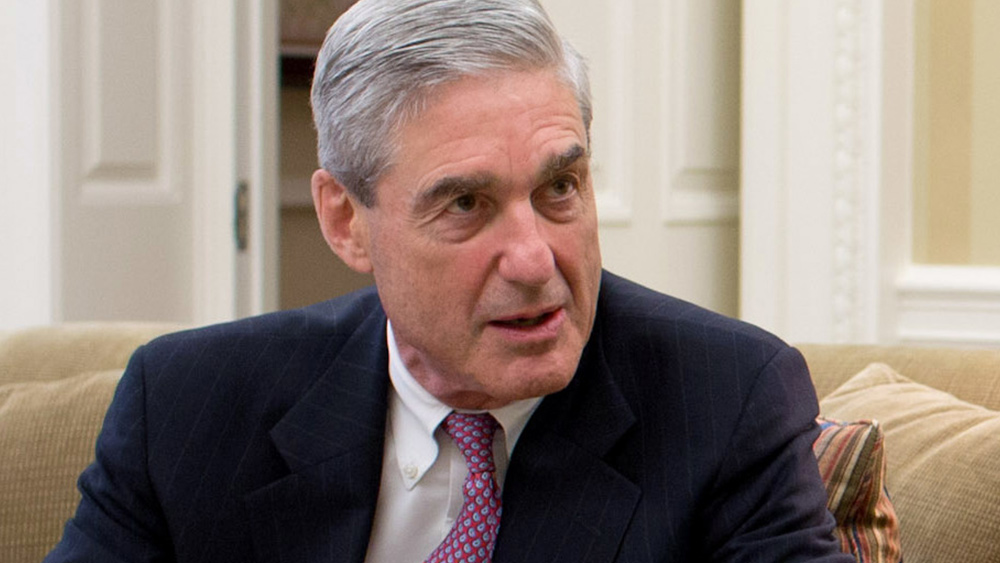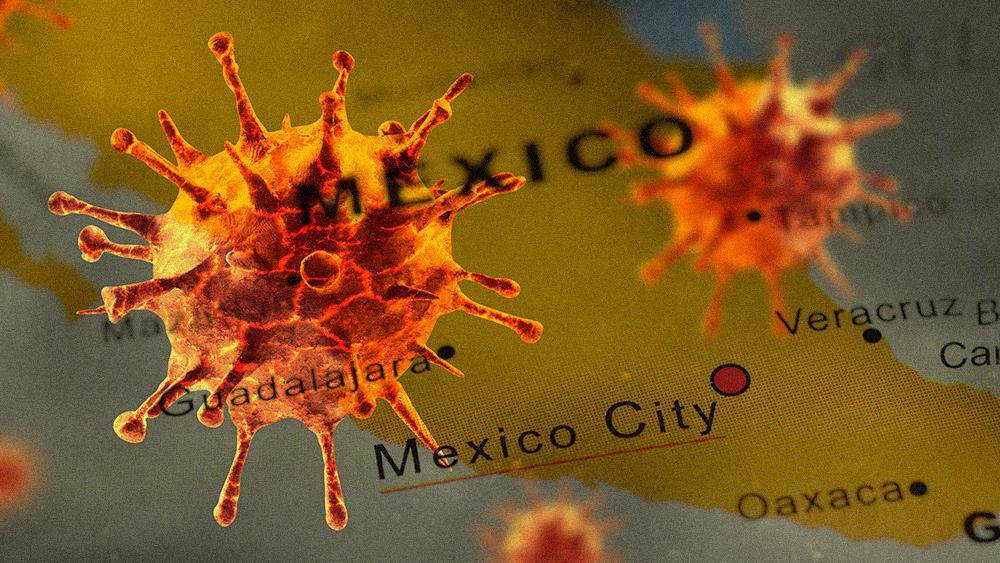Expert: Actual COVID-19 deaths likely to be double the “official” numbers
05/12/2020 / By Michael Alexander

The actual death toll of the coronavirus pandemic in the United States may be double than the figures being reported, an adviser to the Centers for Disease Control and Prevention (CDC) has said.
Mark Hayward, a sociology professor at the University of Texas at Austin who also advises the CDC regarding its mortality statistics, said in an interview with The Independent that the actual rate of mortality caused by the pandemic may be, at the very least, one percent of the reported number of deaths.
“The true number of deaths that we’re looking at is probably at least one percent of the current cases, which is about 1.2 million people. Right now we have about 75,000 deaths. I think we’re probably going to have to double that,” Hayward said in his interview, Saturday, noting that the overall burden of mortality from COVID-19 could be enormously higher.
“You should think about the official coronavirus death counts as just the tip of the iceberg,” Hayward said.
In his interview, Hayward explained that the difficulty in assessing what he termed the “full mortality burden” of the disease stems from several factors, such as the time lag in cases being reported, and the fact that information about the disease included in coroners’ reports is often incomplete. In addition, Hayward said, factors such as a person dying because they were too afraid to go to a hospital would likely not be included.
Gerardo Chowell, a professor of epidemiology and biostatistics at the Georgia State University School of Public Health in Atlanta, said this underestimation of actual mortality can pose a problem, especially since accurate counts are needed to know which locations are in need of crucial resources, such as ventilators and personal protective equipment. (Related: Coronavirus deaths keep rising in New Jersey nursing homes … and nobody knows why.)
According to Chowell, this underestimation of numbers is largely due to the lack of testing that has been conducted in the country.
“In the United States, testing started very slowly which allowed the virus to spread silently through the population,” Chowell said in an interview with the CNBC.
“And then obviously when people start to die, they are classified as a death from a respiratory disease or flu-like symptoms who may also have hypertension or diabetes. Those deaths will likely not get counted when in reality it was the virus that triggered their death,” Chowell stated.
In their report, the CNBC pointed to data from the CDC, which showed that around mid-March, or one month after the peak of the seasonal flu, pneumonia-related deaths were still above the threshold that would be considered alarming.
According to experts, this was puzzling, since a decline in flu deaths would normally coincide with a decline in pneumonia fatalities.
In fact, according to the CDC report, Washington state, Florida and New York still reported an increase in pneumonia deaths even as deaths due to the flu were declining in the same month.
In a statement published around the time of the CNBC report, the CDC said that mortalities due to COVID-19 may be misclassified as pneumonia deaths in the absence of positive test results, and pneumonia may appear on death certificates as a comorbid condition. This means that increases in pneumonia deaths may be “an indicator of excess COVID-19-related mortality.”
This protocol has since been changed.
Current CDC protocol says that coroners and medical professionals can list “probable” or “presumed” COVID-19 on death certificates in cases where the symptoms match, even if the deceased did not undergo any testing. ProPublica, in a report, however, noted that official death tallies from COVID-19 did not include people who died before they were confirmed positive.
Aside from confusion regarding the actual total number of mortalities caused by the coronavirus, the underreporting in cases has caused another problem: the emergence of conspiracy theorists.
One particularly glaring conspiracy, according to a report by Politico, was that medical authorities are manipulating the numbers — a conspiracy aired by Washington Times columnist Tim Young and Secretary of State Mike Pompeo, among others.
Felipe Lobelo, a former officer at the CDC, who worked on the agency’s response to the H1N1 virus, said this airing of conspiracy theories does nothing but diminish the actual gravity of the pandemic.
“By diminishing the fatality and the overall burden of mortality with Covid-19, what people are trying to do is diminish the gravity of the situation for whatever agenda,” Lobelo said, adding that this could lead to several problems with how authorities address the current pandemic.
“That will lead to relaxing of public health measures, or lack of funding for contact tracing, which is critical or testing, or all the things that we need to do in order to keep the virus at bay,” Lobelo explained in an interview with Politico.
Public health veterans and those who study how information is disseminated, however, noted that while shifting predictions are common in emergency situations, these could sometimes fuel the creation of conspiracy theories.
“Finding anomalous data during extraordinary circumstances is not unsuspected,” Jane Donovan, research director of Harvard University’s Shorenstein Institute, who studies misinformation, said. “It’s just that right now we have a set of armchair epidemiologists who are looking for discrepancies everywhere and turning them into conspiracies.”
As of this writing, the United States has logged 1.3 million infections and 81,795 deaths from COVID-19.
Sources include:
Tagged Under: CDC, conspiracy, coronavirus, covid-19, deaths, fatalities, infections, mortality rate, outbreak, pandemic, USA
RECENT NEWS & ARTICLES
COPYRIGHT © 2017 NATIONAL SECURITY NEWS




















